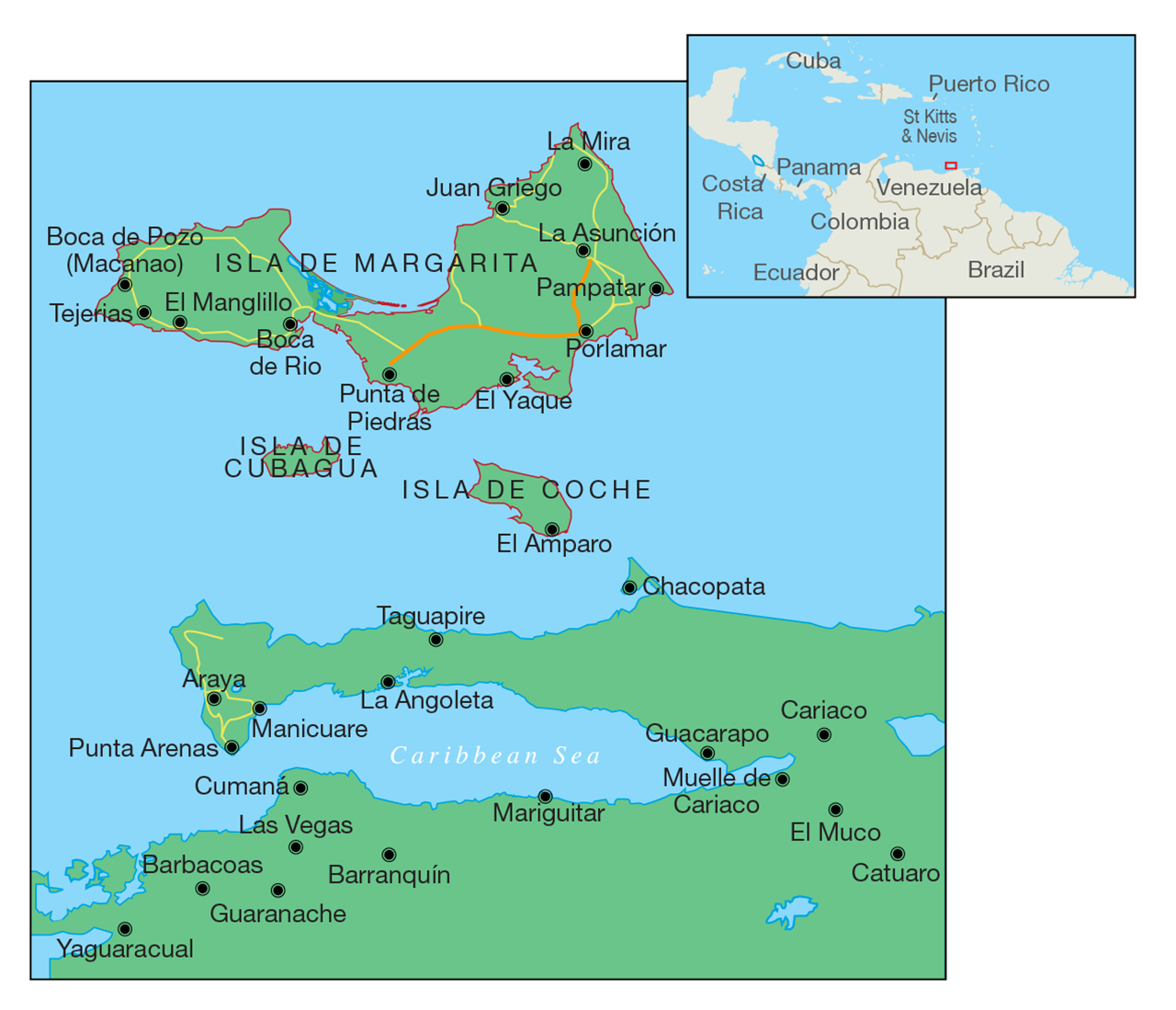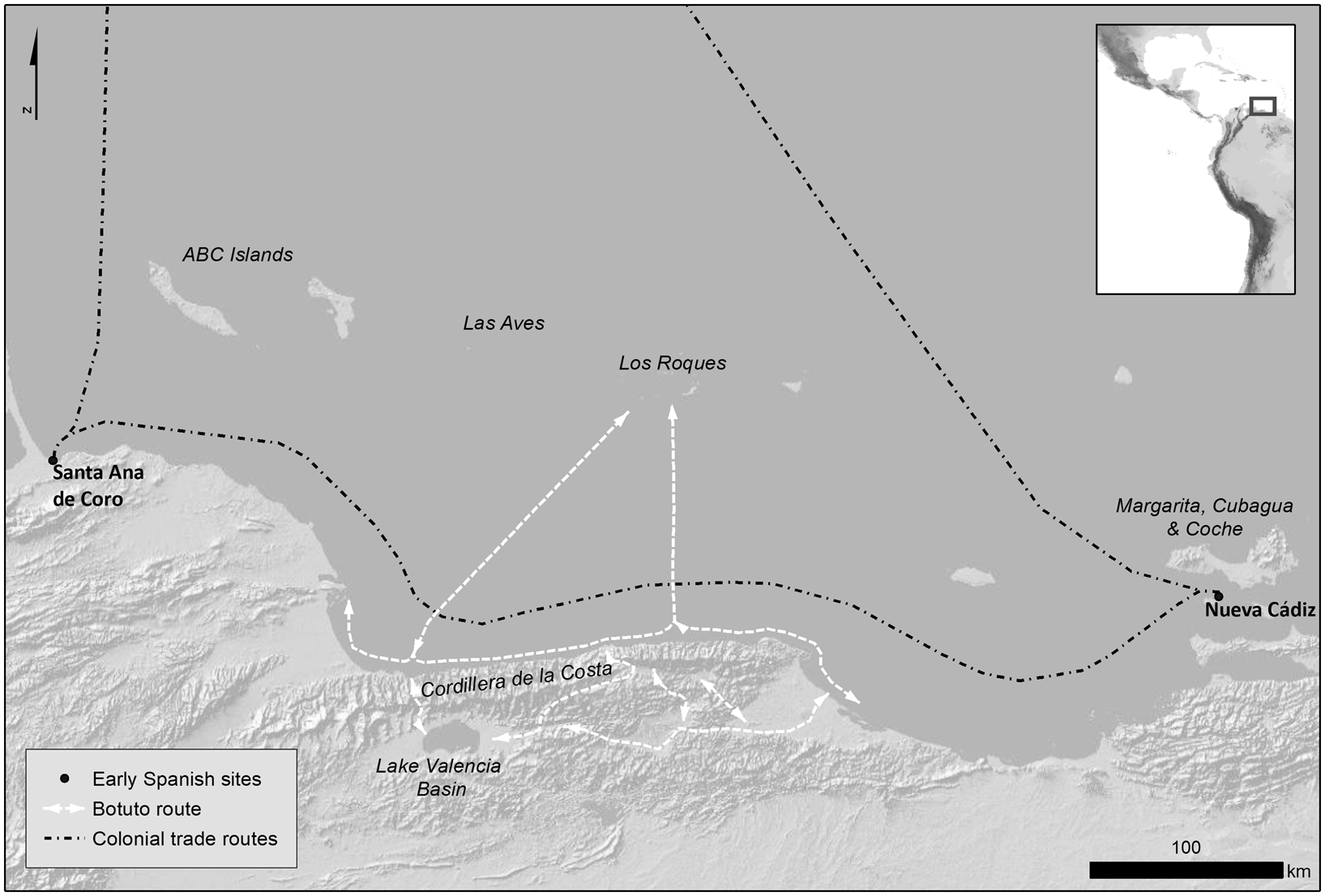Nueva Cádiz de Cubagua and the Pearl Fisheries of the Caribbean
Por um escritor misterioso
Descrição
The island of Cubagua, known since the end of the 15th century as the “Island of Pearls,” is a small semi-arid island located in the southeastern Caribbean. Pre-colonially, the island formed part of an extensive network of communication and trade that crisscrossed the southeastern Caribbean and the adjacent coasts. In 1528, a settlement on the island of Cubagua was granted a charter to establish the city of Nueva Cádiz. This city played a central role in the exploitation of and trade in pearls during the the 16th century. During the early modern period, the pearls from this area circulated widely throughout the Atlantic world and inspiredabundant depictions that helped construct notions of the “New World” and brought competitions that forged new relationships between the Hispanic monarchy and American Indigenous populations. After 1540, the city was gradually abandoned. Since, the island has remained uninhabited and relatively unknown academically. However, the history of Nueva Cádiz has played an important role in debates over heritage protection, in museum narratives, and, ultimately, in the identity of the region.
History of the Atlantic pearl-oyster, Pinctata imbricata, industry in Venezuela and Colombia, with biological and ecological observations - Document - Gale Academic OneFile

Cubagua Island - Atlas Obscura

Nueva Cádiz de Cubagua and the Pearl Fisheries of the Caribbean

Coche Island - Wikipedia

Home Gente de Mar

Full article: Enslaved Pearl Divers in the Sixteenth Century Caribbean

Shipwrecks and Treasure Along Venezuela's Caribbean Coast. (Donald A. Goddard), PDF, Shipwrecks

In Humboldt's Footsteps: Margarita Pays Homage to the Virgen del Valle

Saltwater Pearls from the Pre- to Early Columbian Era: A Gemological and Radiocarbon Dating Study

Contested Claims of Wealth: Cubagua Island in the Early Modern Imagination — Gemstones and Sustainable Development Knowledge Hub

Indigenous Routes and Resource Materialities in the Early Spanish Colonial World: Comparative Archaeological Approaches, Latin American Antiquity
de
por adulto (o preço varia de acordo com o tamanho do grupo)







